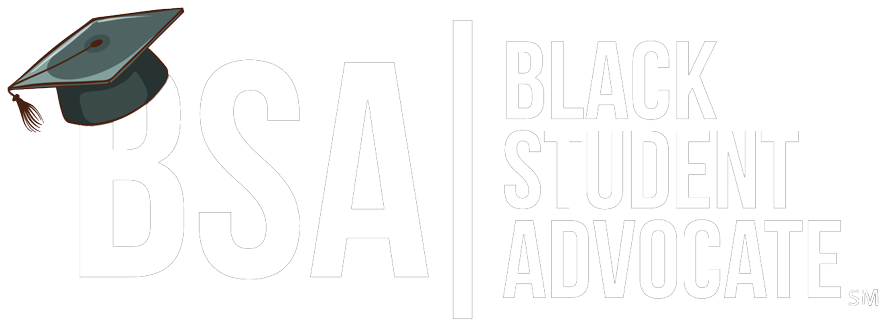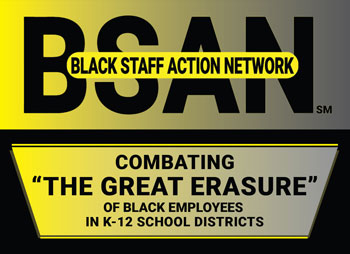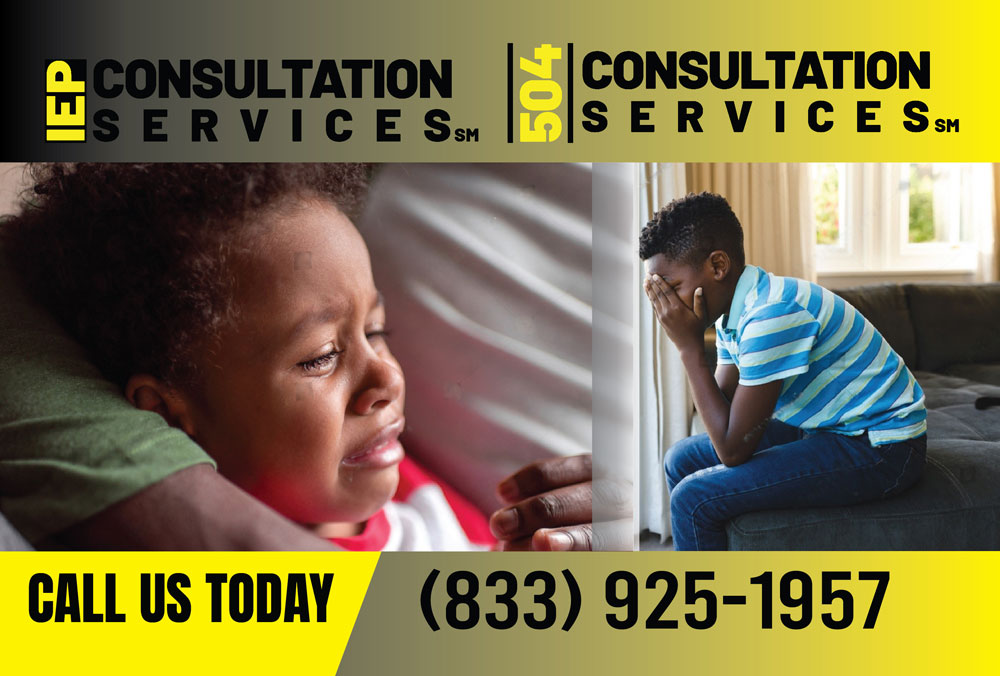In today’s fast-changing educational landscape, academic success is no longer determined solely by textbooks, test scores, and grades. A student’s ability to thrive often depends on the quality of the support system surrounding them—at home, in school, and in the wider community. This is why the call to advocate for students has never been more urgent.
Advocacy means standing up for a child’s needs, ensuring they have equal access to resources, opportunities, and understanding. Whether the student is struggling academically, dealing with social challenges, or facing systemic barriers such as racial bias or learning disabilities, effective advocacy connects the dots between parents, teachers, and students to create a united network of support.
For Black students, and other students from marginalized backgrounds, advocacy can be life-changing. It ensures their voices are heard, their identities respected, and their potential nurtured despite challenges in the education system. But advocacy isn’t a one-time conversation—it’s a continuous, collaborative effort to build trust, share information, and work toward solutions.
In this blog, we’ll explore why advocacy matters, the roles each party plays in the parent–teacher–student triangle, and practical strategies to create a strong, supportive partnership.
1. Understanding What It Means to Advocate for Students
Advocacy is not just about reacting when something goes wrong—it’s about being proactive, informed, and persistent in making sure students receive what they need to succeed. At its core, to advocate for students means:
- Speaking up on their behalf when their needs are not being met.
- Ensuring access to resources such as tutoring, counseling, extracurricular opportunities, or accommodations.
- Challenging systemic inequities that hinder learning, such as discriminatory discipline practices or underrepresentation in advanced courses.
- Empowering students to eventually advocate for themselves.
This advocacy can happen at multiple levels:
- Individual Level – A parent ensuring their child gets a reading intervention or mental health support.
- School Level – Teachers and counselors pushing for policy changes to benefit students.
- Community Level – Organizations and advocates working to dismantle barriers for underserved student groups.
For The Black Student Advocate, the goal is clear: every student, regardless of race, economic status, or learning style, should have the tools, opportunities, and encouragement to reach their fullest potential.
2. The Parent’s Role in Advocacy: Being the Student’s First Ally
Parents are a child’s most important advocate. Long before teachers meet their students, parents have insight into their strengths, struggles, and learning styles. When parents take an active role, it sets the tone for a collaborative relationship with educators.
Key responsibilities for parents include:
- Staying informed – Know your child’s curriculum, teacher expectations, and academic progress.
- Asking questions – Don’t hesitate to seek clarification on grades, assignments, or behavioral reports.
- Attending meetings – Show up for parent-teacher conferences, Individualized Education Program (IEP) meetings, or school board sessions.
- Documenting concerns – Keep a record of communications, incidents, and requests for support.
- Encouraging self-advocacy – Teach your child how to respectfully express their needs and concerns.
For Black parents in particular, advocacy may also mean challenging bias, ensuring representation in school activities, and working to keep their children from being disproportionately disciplined.
When parents lead with collaboration—rather than conflict—they can help educators see their child’s potential while still holding the school accountable for equitable treatment and opportunities.
3. The Teacher’s Role in Advocacy: Partnering for Student Success
Teachers are on the front lines of education and are often the first to notice when a student needs extra support. When they commit to advocate for students, they:
- Identify learning needs early – Whether it’s a reading difficulty, behavioral change, or emotional distress, timely observation can prevent bigger issues later.
- Communicate openly with parents – Share both successes and areas of concern in a way that fosters trust.
- Adapt teaching methods – Recognize that students have different learning styles and cultural backgrounds.
- Stand against bias – Challenge microaggressions, exclusionary practices, and policies that unfairly affect certain student groups.
- Support student voice – Create a classroom environment where students feel safe expressing their thoughts.
For many teachers, advocacy involves balancing academic expectations with compassion. It also means recognizing that systemic barriers—such as lack of culturally relevant curriculum or unequal access to advanced classes—must be addressed for all students to thrive.
4. The Student’s Role in Advocacy: Learning to Speak Up
While parents and teachers play central roles, students themselves are key members of the support triangle. Learning to advocate for oneself is a lifelong skill that builds confidence, independence, and resilience.
Ways students can participate in advocacy:
- Expressing needs and challenges to trusted adults.
- Seeking help from teachers, counselors, or mentors when struggling.
- Participating in school decisions through student councils or leadership roles.
- Documenting their experiences to provide insight into policies that affect them.
- Knowing their rights within the school system, such as access to accommodations or safe learning environments.
For Black students, self-advocacy is especially important in spaces where their voices might be overlooked. It gives them agency and shows school staff that they are more than passive recipients of education—they are active participants in shaping it.
5. Building a Strong Parent–Teacher–Student Support System
A healthy support system isn’t accidental—it’s the result of consistent communication, trust, and shared goals. Here are essential elements for creating one:
- Open and Honest Communication – Regular updates between parents, teachers, and students prevent misunderstandings.
- Mutual Respect – Acknowledge each party’s perspective and expertise.
- Collaborative Problem-Solving – Work together to address academic, social, or emotional challenges.
- Clear Roles and Boundaries – Parents are not teachers, and teachers are not parents—but both are critical to the student’s growth.
- Celebrating Successes – Recognizing achievements, no matter how small, strengthens the support network.
For Black students, this also means creating culturally responsive environments where identity is celebrated, not sidelined. That might include integrating African American history into the curriculum, addressing racial disparities in advanced placement enrollment, or providing mentorship programs.
6. Overcoming Barriers to Effective Advocacy
Even with the best intentions, advocacy can face roadblocks:
- Communication Gaps – Busy schedules, language differences, or digital barriers can hinder contact.
- Systemic Bias – Students of color often face lower expectations or disproportionate discipline.
- Resource Limitations – Schools in underfunded districts may lack counselors, technology, or extracurricular opportunities.
- Fear of Retaliation – Parents or students may worry about negative consequences for speaking up.
Strategies to overcome these barriers include:
- Establishing multiple communication channels (phone, email, in-person).
- Educating yourself on school policies and legal rights.
- Building alliances with other parents and advocacy organizations.
- Documenting every interaction with school staff.
- Encouraging students to keep their own notes on concerns and incidents.
The Black Student Advocate works to dismantle these barriers by equipping families with the tools, confidence, and resources needed to make their voices heard and respected.
Conclusion
When we advocate for students, we do more than solve short-term problems—we help create a culture where every child’s voice matters. Advocacy transforms the relationship between parents, teachers, and students from a series of one-way interactions into a genuine partnership.
For Black students and others facing systemic barriers, this support system can be the difference between surviving school and thriving in it. Advocacy is not about taking sides—it’s about uniting everyone in the student’s life to champion their growth, well-being, and future.
At The Black Student Advocate, we believe that when parents, teachers, and students work together, they can build a powerful foundation that supports academic achievement, emotional resilience, and lifelong success. Because every student deserves someone in their corner—and the strongest advocates know that the best results come when we stand together.







Share This Page